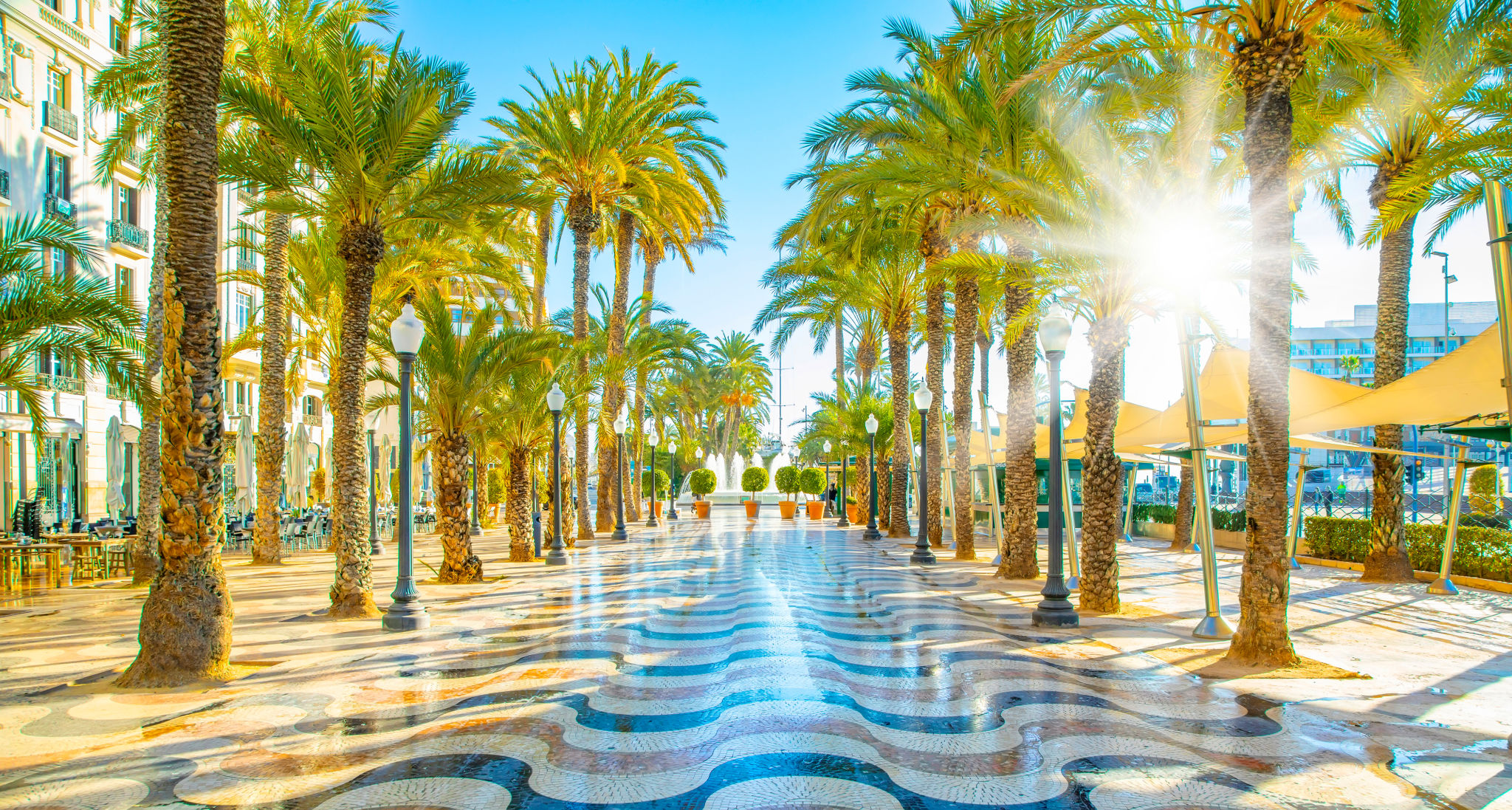The History of Mosaicos in Alicante: Exploring Local Artistry
Introduction to Mosaicos in Alicante
Alicante, a picturesque city in Spain, is renowned for its vibrant culture and artistic heritage. Among the many artistic expressions that flourish in this region, mosaicos, or mosaics, hold a special place. These intricate works of art, composed of small pieces of colored glass, stone, or other materials, have been part of Alicante's history for centuries, reflecting the city's rich artistic tradition.

The Origins of Mosaic Art
The practice of creating mosaics dates back to ancient civilizations. The art form was particularly prominent in Roman and Byzantine cultures, where it was used to decorate floors and walls of important buildings. In Alicante, the tradition of mosaic-making was heavily influenced by these early styles, adapting over time to incorporate local elements and themes.
Throughout history, mosaics have been used not only for decorative purposes but also to convey religious and cultural narratives. This dual purpose is evident in many of Alicante's historic sites, where mosaics tell stories of past societies and their beliefs.
Mosaic Techniques and Styles
In Alicante, traditional mosaic techniques have been passed down through generations. The process involves carefully selecting and cutting materials, then arranging them to form intricate patterns and images. Local artisans often use vibrant colors and geometric designs that are characteristic of the region.

The styles of mosaics found in Alicante range from classical Roman patterns to more contemporary interpretations. This diversity reflects both the city's historical influences and its evolving artistic landscape.
Famous Mosaic Landmarks in Alicante
Alicante is home to several notable sites featuring exquisite mosaics. Among them is the Explanada de España, a beautiful promenade lined with palm trees and adorned with a stunning mosaic walkway. The pattern, consisting of over six million tiles, creates a mesmerizing wave effect that attracts visitors from around the world.

Another remarkable site is the Basilica of Santa Maria, where religious-themed mosaics embellish the interior, showcasing the mastery of local artisans. These landmarks highlight the importance of mosaics in Alicante's cultural heritage and their role in enhancing the city's architectural beauty.
The Role of Mosaics in Modern Alicante
Today, mosaics continue to be an integral part of Alicante's artistic scene. Contemporary artists draw inspiration from traditional techniques while experimenting with new materials and styles. This blend of old and new keeps the art form dynamic and relevant in today's world.
Public art projects and community initiatives often feature mosaics, bringing color and creativity to urban spaces. These projects not only beautify the city but also foster a sense of community pride and cultural appreciation.
Preserving Mosaic Heritage
The preservation of mosaic art is essential to maintaining Alicante's cultural identity. Efforts are underway to restore historic mosaics and ensure that traditional techniques are not lost. Educational programs and workshops aim to engage younger generations, encouraging them to continue the legacy of mosaic artistry.

As Alicante continues to grow and modernize, its commitment to preserving its artistic heritage ensures that mosaics will remain a vibrant part of the city's cultural landscape for years to come.
Conclusion
Mosaicos in Alicante offer a unique glimpse into the city's history and artistic spirit. From ancient influences to modern interpretations, these intricate artworks continue to captivate and inspire. By exploring local artistry through mosaics, we gain a deeper appreciation for Alicante's rich cultural tapestry and the skilled artisans who bring it to life.
